Mount Giovo
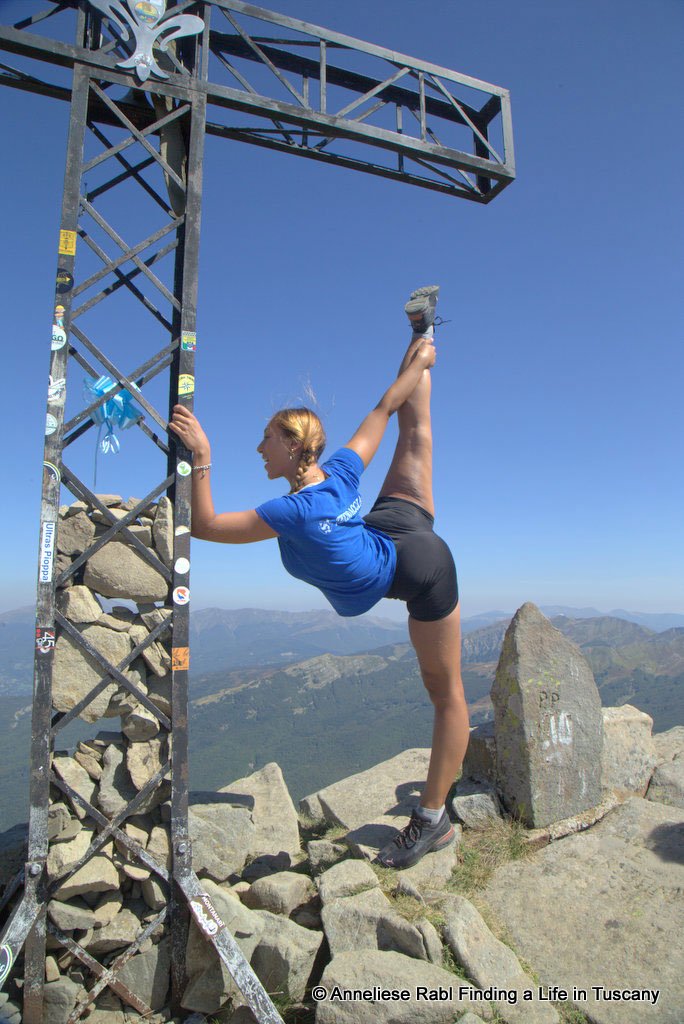
It’s been several months now since I started walking in the Apuan Alps with my dog and I noticed that he no longer takes our daily one-and-a-half, two-hour walks up and down the Tuscan hills very seriously any more. For him, they seem to have become a small thing and I must confess that somehow it’s exactly the same for me.


When Stefano Pucci suggested the trip to Monte Giovo, I actually read the description of the hike, but a little superficially (Stefano’s excursions are a guarantee anyway) and in no time we were in Borgo a Mozzano, our usual meeting point, ready for an hour drive towards a new adventure.


As with the hike to the Romecchio peaks a few weeks ago, it was planned to start trekking from the Santi mountain hut. Many humans tend to forget bad experiences. I am among them, otherwise how, while reading “Santi mountain hut”, could I by any means forget how terribly steep the first thousand, two thousand meters are? After not quite, but almost an eternity, at the end of the beech forest, we came to a huge meadow covered with sturdy mountain grass used to gusts of wind, blooming heather, blueberry shrubs and small juniper bushes packed with green berries.

We picked the last blueberries of the season and distributed them among our group. Then we kept walking and after a few hundred metres we came across quite a number of signposts which made me realise that this hike was really getting serious. In fact, we were partly on the way 00, i.e. the main path of the Apennine ridge, which merges secondarily with GEA = (Grande Escursione Appenninica). We were also on the 7,960 km long “Sentiero Italia CAI“, leading over the summits of the whole country. What should I say? Future big projects mixed with a touch of adventure slowly began to rise to my nose like a delicious and irresistible fragrance.


The path on front of us was very narrow so that we had to put carefully one foot in front of the other. At times, the sides were ten or fifteen centimetres deep, but as evenly smooth as if they had been cut with scissors. Stefano explained us that we hikers are paving the way because of our constant excursions. Over time it turned into a narrow streambed on which the water flows down to the valley when it is raining heavily. He also pointed out that certain plants are gradually settling further and further uphill which prove climate change here, too. What we thought to be remains of a burnt out fire was actually a huge stone, struck by lightning and smashed into thousand pieces.
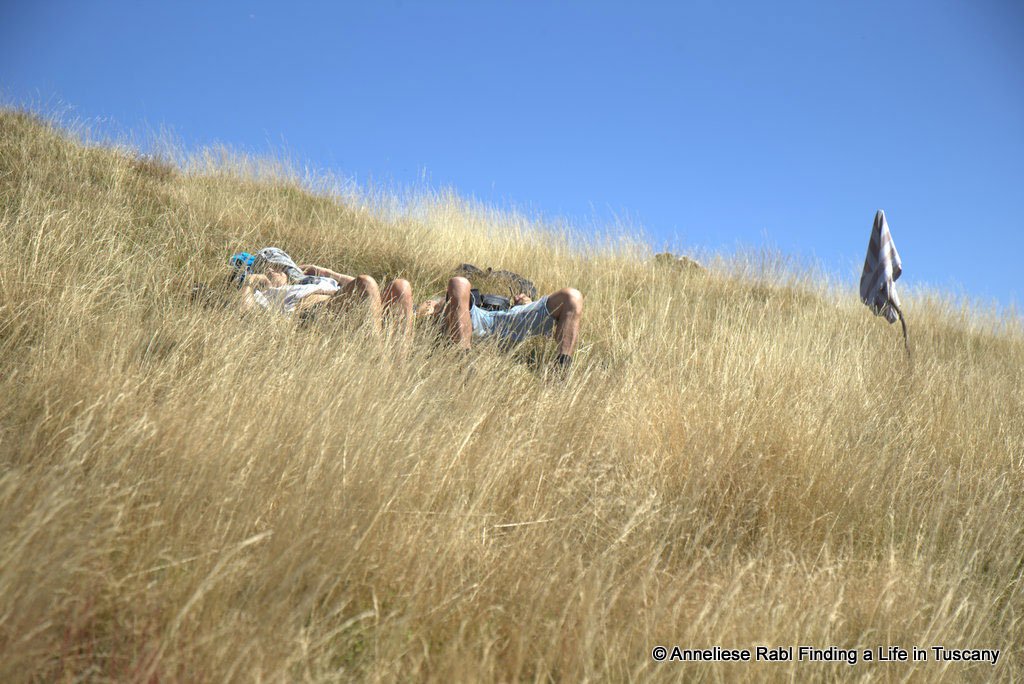
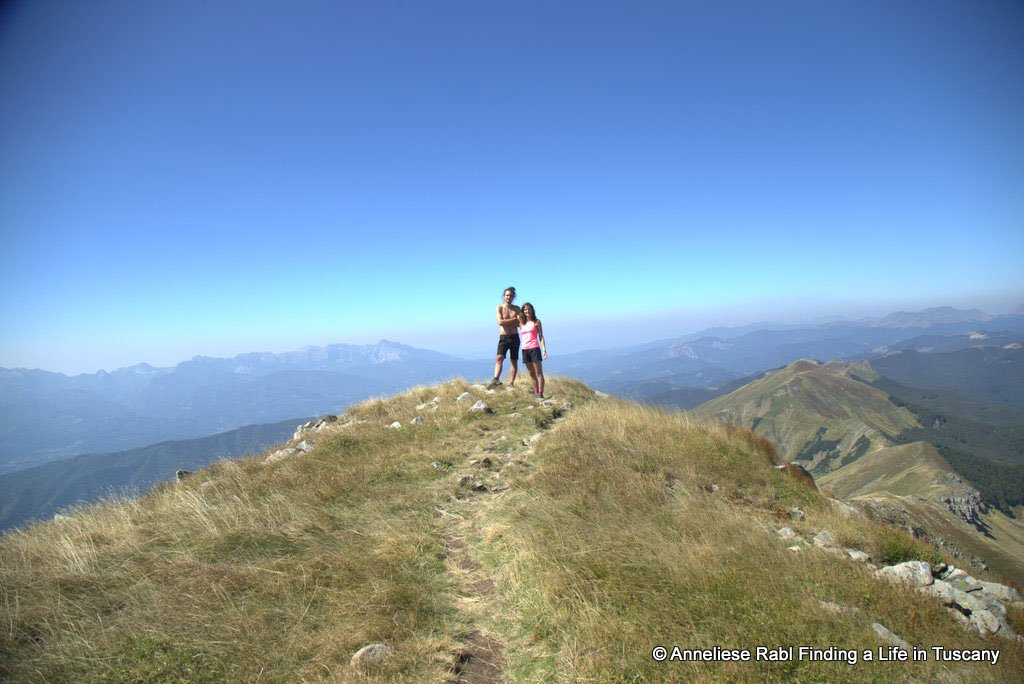

The famous “ten minutes” to reach the summit, indicated by the hikers who passed us on their way back, were comforting, but of course not true. In their place, most likely, I would have said the same. When trying to breathe, it occurred to my mind that I have had no problems skiing at 1350 metres altitude in Adelboden in Switzerland and the 1620 metres from Zermatt had not caused me any difficulties either. Even a holiday in Courchevel in France in a hotel at 1850 metres is among my most enjoyable memories; in another life, without any doubt. In the end, almost half an hour later and with the help of some members of our group, I reached the almost four-metre-high, one hundred and eighty kilos heavy cross. Thinking of the young boys, who had carried the parts up and assembled the cross on a sunny Sunday in the distant 1963, my difficulties simply disappeared.


Curiously, I always thought that our trips were limited to people in their forties or fifties. Instead, it was teeming with young people, many with dogs and even primary school children with their parents. It was beautiful to see the Apennines on one and the Apuan Alps on the opposite side. Theoretically, we could have continued hiking along the top of the mountain ridges on the “Sentiero Italia”, where we were located, for days, weeks, months or years. The sense of space and time seemed to fade like the peaks of the mountains when the fog rises.

After a delicious, or rather, economical lunch, chatting with other hikers and many photos, it was time to descend towards the valley, not however without taking a last look at the breathtaking mountains around us. Who knows if they will not be climbed in the future by someone from our group (from me, for example)?




You have to call a spade a spade, which means that the descent didn’t want to end. Our feet hurt, the energy reserves were at the minimum, the drinking water was scarce and if words fell from one or the other’s mouth, then only quite sparingly. Nevertheless, we were lucky, because our adrenaline level (also that of my dog) shot up when a black sheep with beautifully large horns appeared out of nowhere and joined us. At first we didn’t know if it was dangerous or if it just got lost. But then we saw that the sheep was perfectly comfortable. In fact, it moved safely on the path, after a short time climbed uphill and disappeared.

In the end, both completely exhausted but also proud of the hike we had done, we returned to our cars and drove back home. I can imagine that the next morning was not only a tragedy for me, but the day after I was ready to return to the Apuan Alps and the total freedom that I have not felt anywhere else in the world.
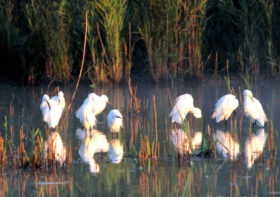
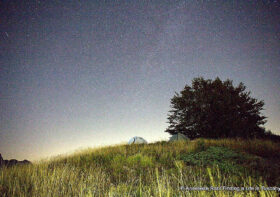
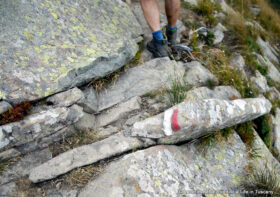
Nicholas Stanton
I enjoyed reading your descriptions of your hike Annalise. They allow the atmosphere of the location to exist, without being influenced, or much less dominated.
Thankyou, it was nice to read.
Kind regards, Nicholas.
Agnese
Pleased you enjoyed it. It was all merit of the hike, the Apuan Alps and our guide. I simply put it in words…